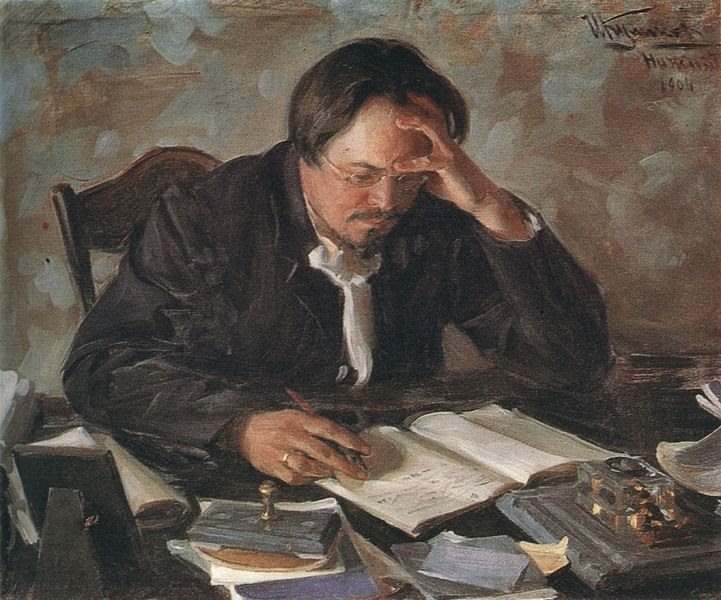Word Crimes
March 1st, 2015
What does our understanding of literary transgression reveal about the culture of authorship?
Writers rarely suffer thieves gladly, and Edgar Allan Poe was no exception. Nearly 200 years before Boston became the center of a recent high-profile literary scandal, Poe, at the time better known as a critic than poet and a “monomaniac on the subject of plagiarism,” launched a broadside against Fireside Poet and Harvard professor Henry Wadsworth Longfellow. Announcing a literary crime “too palpable to be mistaken,” Poe printed Longfellow’s “Midnight Mass for the Dying Year” alongside Alfred Lord Tennyson’s “The Death of the Old Year” in an 1840 issue of Burton’s Gentleman’s Magazine, proclaiming that Longfellow, without poaching verbatim, had emulated the future UK Poet Laureate in both content and form. Such a theft, he declared, “belongs to the most barbarous class of literary robbery… while the words of the wronged author are avoided, his most intangible, and therefore his least defensible and least reclaimable property, is purloined.”
The censure was a shot across the bow in a conflict that Poe would soon christen the “Little Longfellow War.” A half-decade after his initial attack, Poe reviewed Longfellow’s edited collection The Waif, this time denouncing him for omitting American influences whom Poe accused him of imitating, at best. The book, “although full of beauties… is infected with a moral taint,” he wrote. One Poe biographer described the feud as “the longest, strangest, and most-publicized personal war in American literary history,” but Longfellow, like other supposed plagiarists of his time, emerged essentially unscathed. He’s presently memorialized at Westminster Abbey’s Poets’ Corner, alongside Geoffrey Chaucer, who borrowed from Petrarch; Charles Dickens, charged with filching an illustrator’s ideas and characters for Oliver Twist; and Ben Jonson, the poet and playwright some credit with bringing the term “plagiary” into the English language.
The Poe-Longfellow dispute, while somewhat one-sided, was an early installment in a perennial debate: when turning life into art, when is it acceptable to include others’ work, or even their life experiences? Like Poe’s allegation of imitation, various understandings of plagiarism or “appropriation” have abounded as long as the concept of the author, and every definition of the former assumes a theory of the latter.
Notions of textual ownership have always been culturally contingent. In asking, “What is an Author?” Michel Foucault claimed that far from threatening the ideal of the individual, independent writer, transgression is foundational to it: “Speeches and books were assigned real authors, other than mythical or important religious figures, only when the author became subject to punishment...” Once a weapon to discipline heterodox thinkers, authorship is now a tool to protect creators by punishing what one scholar called “transgressive interdiscursivity,” or the act of wrongfully adapting, imitating, or copying another’s material.
Last year, Robert Kolker’s article “Who is the Bad Art Friend?” and Alexis Nowicki’s essay “‘Cat Person’ and Me,” among other works, sparked a renewed discussion about the ethics of importing real life into fiction and what, exactly, falls under the umbrella of “transgressive interdiscursivity.” Accusations of writers stealing material or inadequately fictionalizing experiences that aren’t their own are nothing new. But the specific process by which they’re framed as literary malpractice is subjective. And inherent in these assertions of what qualifies as bona fide authorial violence lies an implicit definition of what Foucault referred to as the “author-function.”
In Sally Rooney’s book Beautiful World, Where Are You, a successful novelist questions the contemporary author-function in an email to a friend:
What is the relationship of the famous author to their famous books anyway? If I had bad manners and was personally unpleasant and spoke with an irritating accent, which in my opinion is probably the case, would it have anything to do with my novels? Of course not. The work would be the same, no different. And what do the books gain by being attached to me, my face, my mannerisms, in all their demoralizing specificity? Nothing. So why, why, is it done this way? Whose interests does it serve?
“Authorship” is a fuzzy boundary, an interrelated set of aesthetic, normative, and legal judgements. Rooney (or her character, at least—another fuzzy boundary) is right to ask: what, or whom, is it meant to serve?
You have reached your article limit
Sign up for a digital subscription and continue reading all new issues, plus our entire archives, for just $1.50/month.
Already a subscriber? Sign in
More Reads
Close Read: Thiago Rodrigues-Oliveira, et al.
Veronique Greenwood
Take the W: Entry Points
Katie Heindl
Credit: Creative Commons, johnmac612, CC BY-SA 2.0. When I started writing “seriously” about basketball eight years ago (before that, I wrote NBA fan fiction for David ...





